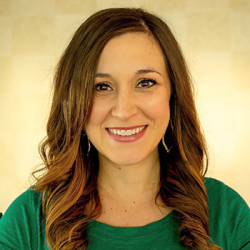
Young children’s natural curiosity and playful nature present a beautiful opportunity for teachers to embrace the wonders of Project Based Learning (PBL) with students who are often thought to be too young, too needy, and not ready to take on the academically rigorous challenges associated with PBL. What if we challenged these assumptions and thought about how young students could engage differently and more meaningfully with learning through PBL? What if we involved stakeholders from the community, like business leaders, the elderly, or even students’ caregivers, to help learners go deeper with what they are learning and creating?
As emphasized in the book Implementing Project Based Learning in Early Childhood, young learners are not just capable; they are eager and ready to engage in rigorous learning. Teachers can use PBL to help children make meaningful connections between the world and their surroundings.
Since PBL emphasizes a connection to the world beyond the classroom, it’s an ideal approach for fostering a growth mindset and risk-taking, especially with our youngest learners. The ideas of shared power and authenticity can highlight why they are learning, helping students understand what they are learning, why they need to overcome challenges, and how they might do it.
With trusted adults at their sides, students can tackle challenging problems or questions, ask their own questions, and find answers through field experiences and conversations with stakeholders.
Involving students’ caregivers and the surrounding community means early learners get to authentically experience the components of critical thinking or complex communication in concrete ways.
What then might it look like, feel like, and sound like to engage families and communities in young learners' experiences in PBL units, you ask? Follow along as we dive deeper.
Family Engagement
While the possibilities for bringing families into PBL are endless, let’s look at three main ways to foster family engagement.
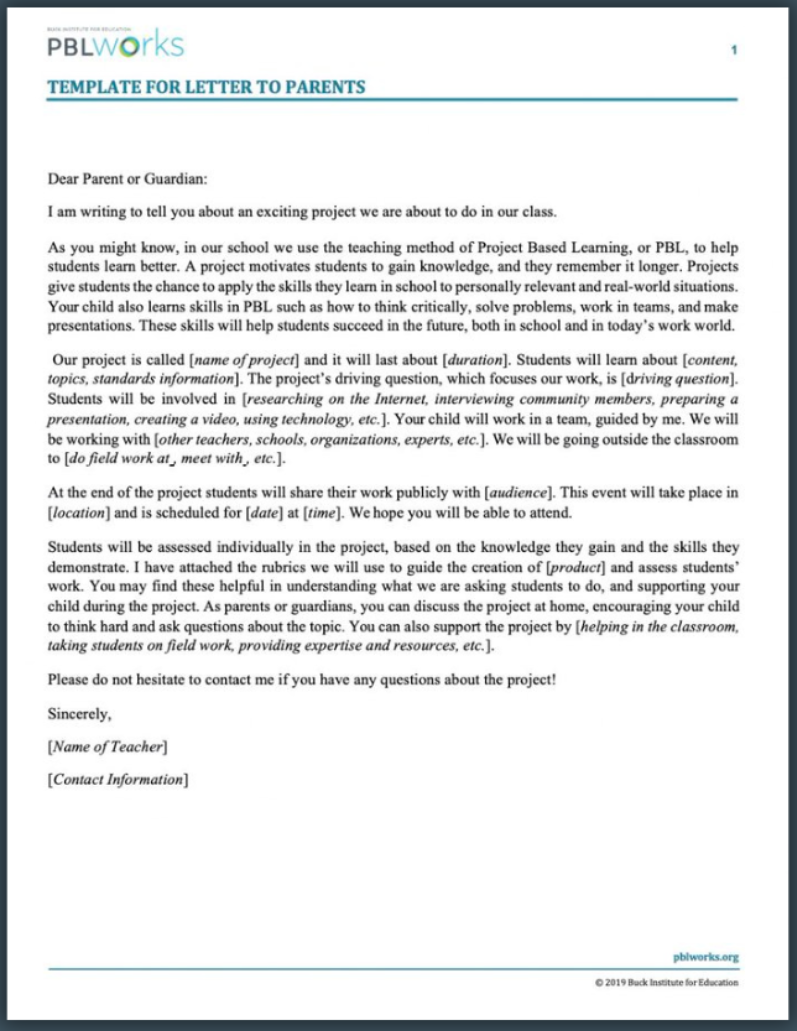 PBL provides a natural reason to communicate with families about upcoming content work. At my.pblworks.org, we have a Template Letter to Parents that could be a great way to share project ideas and needs before the project launch. Consider sending hard copies in students’ home languages alongside using any app or LMS such as Class Dojo. By providing this information, families can engage with the content in a way that fosters meaningful conversations at home and encourages children to share their learning experiences.
PBL provides a natural reason to communicate with families about upcoming content work. At my.pblworks.org, we have a Template Letter to Parents that could be a great way to share project ideas and needs before the project launch. Consider sending hard copies in students’ home languages alongside using any app or LMS such as Class Dojo. By providing this information, families can engage with the content in a way that fosters meaningful conversations at home and encourages children to share their learning experiences.- Ever find yourself wondering how to manage the role of feedback in PBL with three-, four-, or five-year-olds? Why not involve families? How beautiful might it be to invite a few caregivers in to serve as participants during feedback rounds? Or perhaps as partners for reflection to help small groups of students think through what they are learning and how their learning has changed based on feedback from peers? This also enables children to practice receiving feedback from trusted, familiar adults.
- Hosting learning experience nights or project showcases can also be fantastic ways to involve caregivers in children’s learning. For example, we already host Family STEM nights and student conferences. We already have the dates set aside, so how might we use them in service of students’ learning and project showcases? For example, if kindergarten was engaged in a garden project, and the grade level schedule has an Open House night, a STEM Night, and a Grade Level Showcase, could one or two of these evenings be repurposed to bring families together for students to share about their
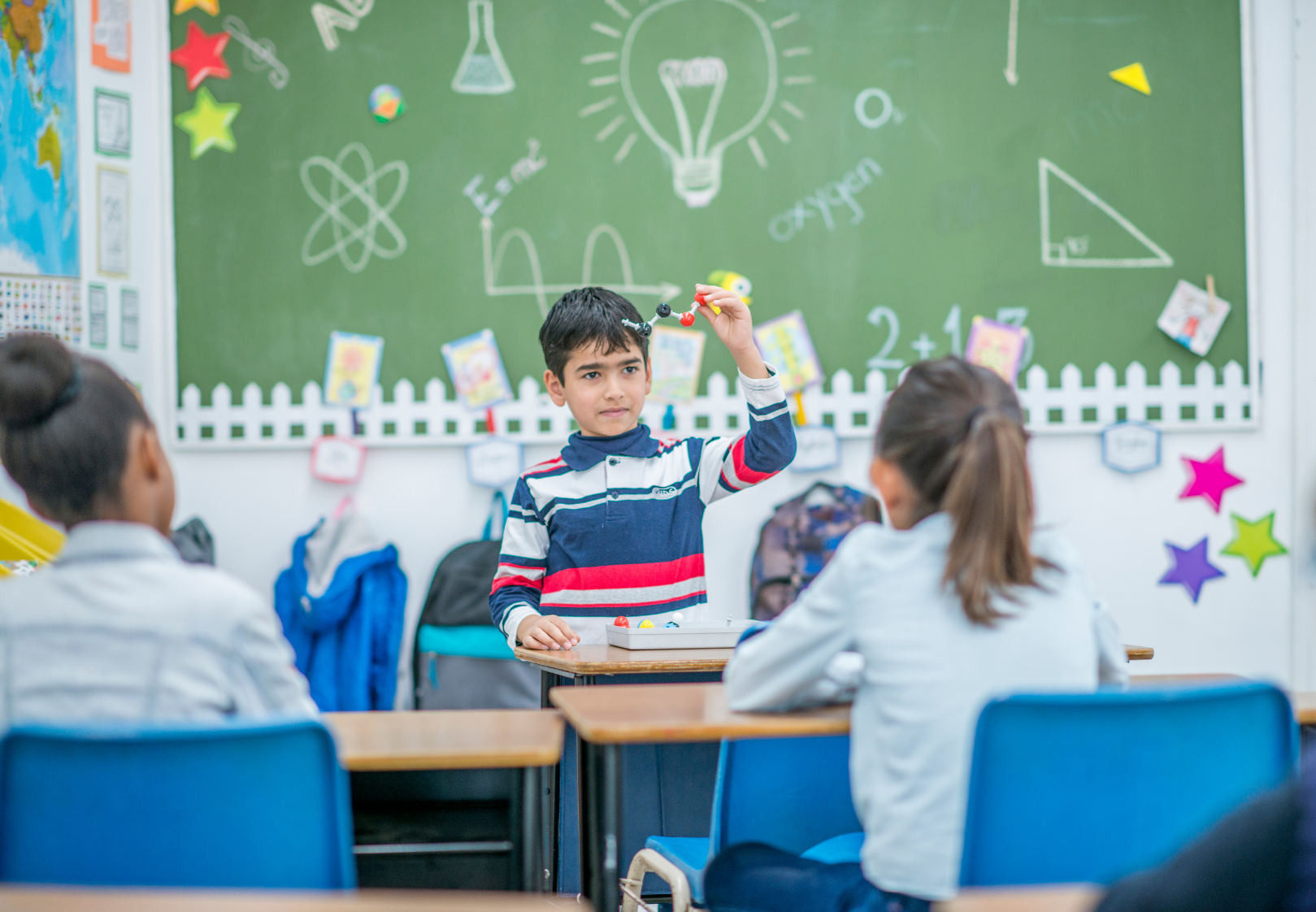 project work? Perhaps STEM Night becomes a “Plants and Pollinators” evening. The Grade Level Showcase can feature project teams talking about all they learned and how they grew during the unit. Now nights that are already on the calendar become a richer experience for all involved.
project work? Perhaps STEM Night becomes a “Plants and Pollinators” evening. The Grade Level Showcase can feature project teams talking about all they learned and how they grew during the unit. Now nights that are already on the calendar become a richer experience for all involved.
We are always looking for ways to bring families together and invite them into a deeper understanding of what learning looks like, feels like, and sounds like. Get creative and have fun with what family engagement might be!
Community Engagement
Involving the community in early childhood projects is another powerful way to help learners thrive through PBL. Let’s revisit the garden project example mentioned above. Consider what students might learn from a local nursery owner or gardener. It could start at the project launch, when students explore and observe plants as they generate initial need-to-know questions. Then students could interview the gardener during the growing phase and finally invite the gardener back for the final showcase. This partnership approach means that students would have a consistent content expert to ask new questions to, check for understanding with, and celebrate their growth throughout the project.
Another way to involve the community might be to start by utilizing your understanding of students’ interests and create a service learning project where children’s work has a direct impact on the local community. From learning and sharing elderly residents’ stories, to creating books for the local library, or cleaning up a local park, there are ample opportunities to authentically involve the community.
PBL projects for our youngest learners might involve the community through:
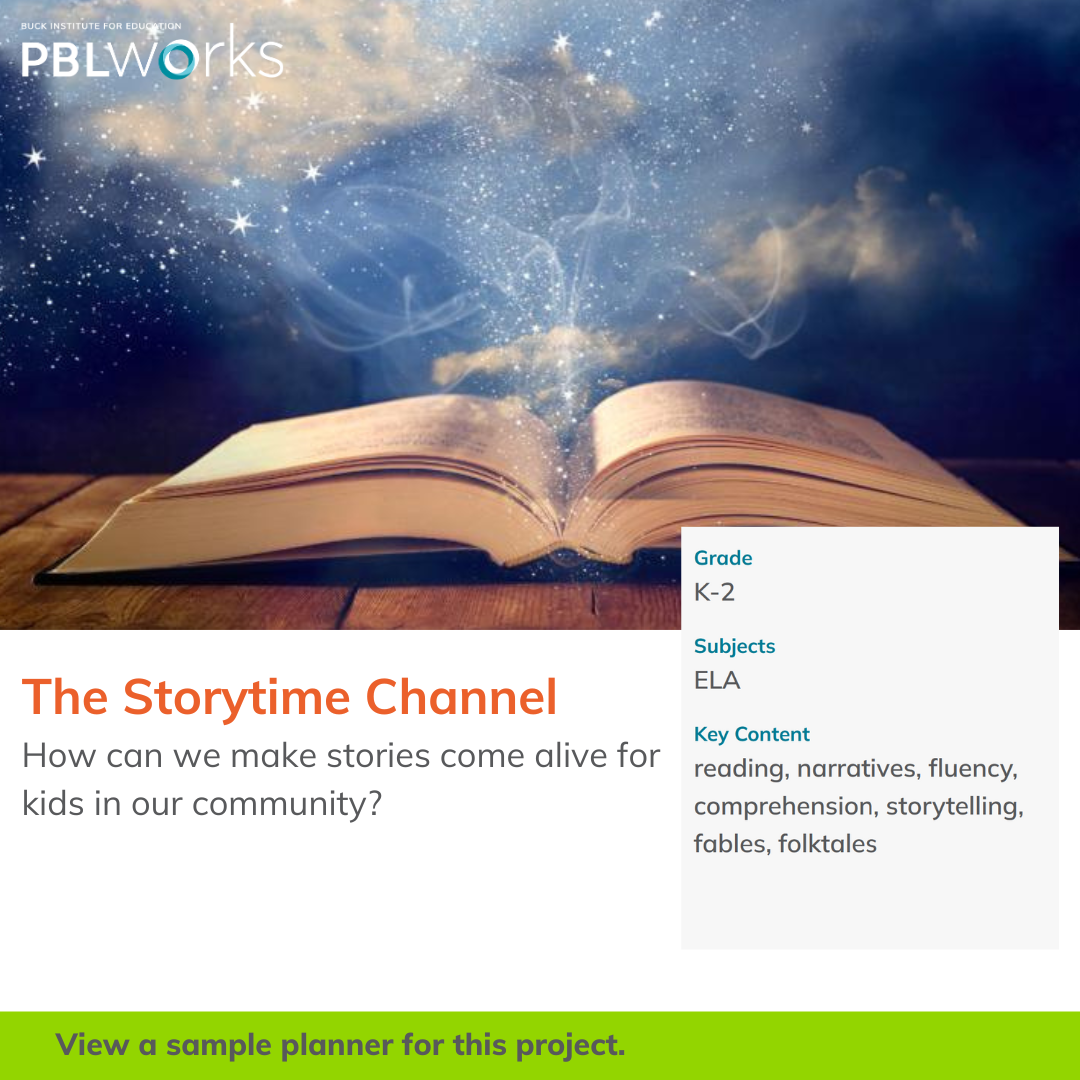 Local partnerships that provide opportunities for students to collaborate with businesses, artists, or organizations in authentic, meaningful ways. During a unit on community helpers, which small businesses could students create advertisements for or persuade others to patronize? Throughout the Storytime Channel or Art of Shapes projects, which artists or authors might help students critique and revise their
Local partnerships that provide opportunities for students to collaborate with businesses, artists, or organizations in authentic, meaningful ways. During a unit on community helpers, which small businesses could students create advertisements for or persuade others to patronize? Throughout the Storytime Channel or Art of Shapes projects, which artists or authors might help students critique and revise their 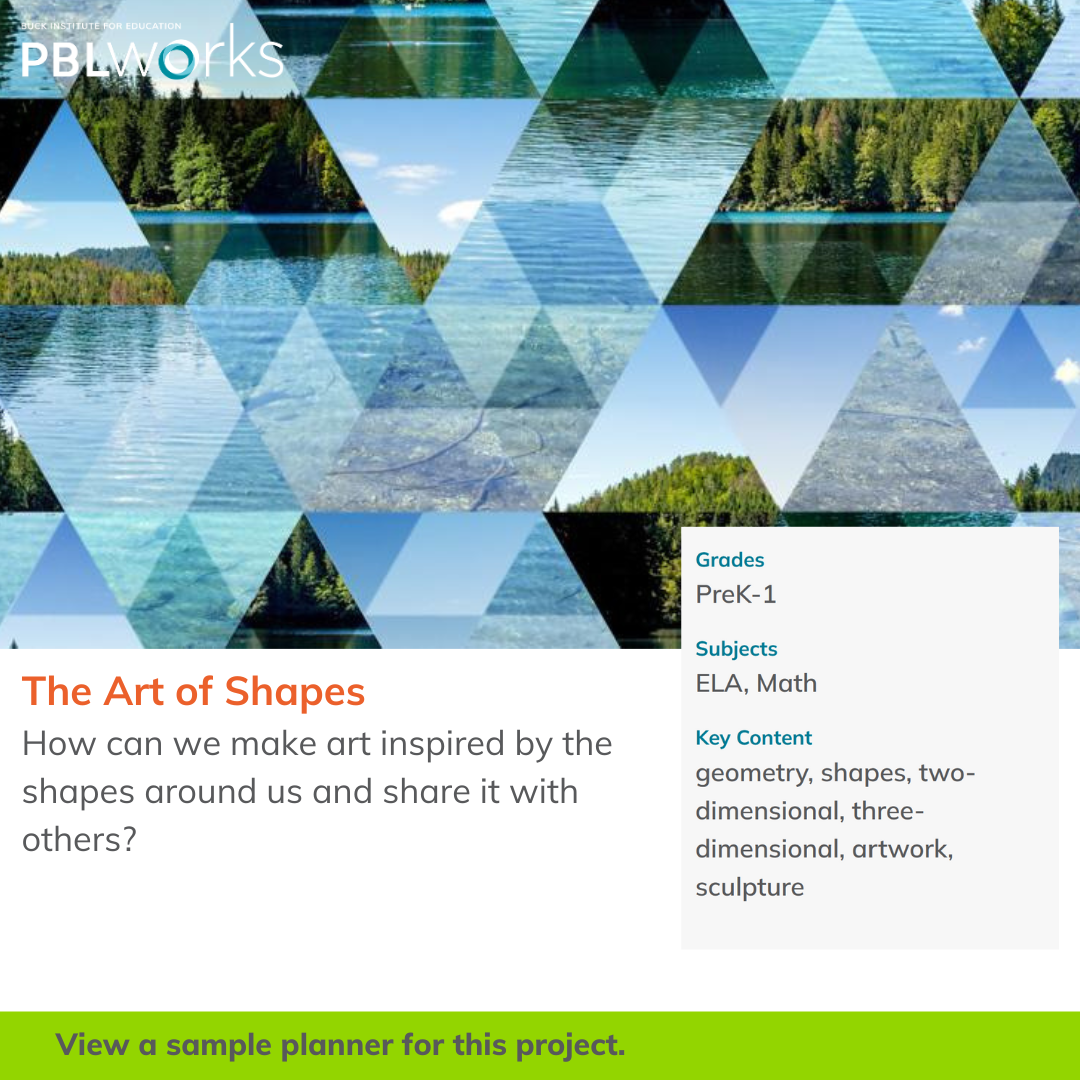 class books or pieces of art?
class books or pieces of art?- Field experiences and guest speakers bring an authentic connection to the tasks students do, the tools they use, or the investigations they engage in. The Kitchen Chemists project offers a deep connection to the world of science by showing students a connection to chemistry and cooking. Can you connect with any chefs, cooks, or
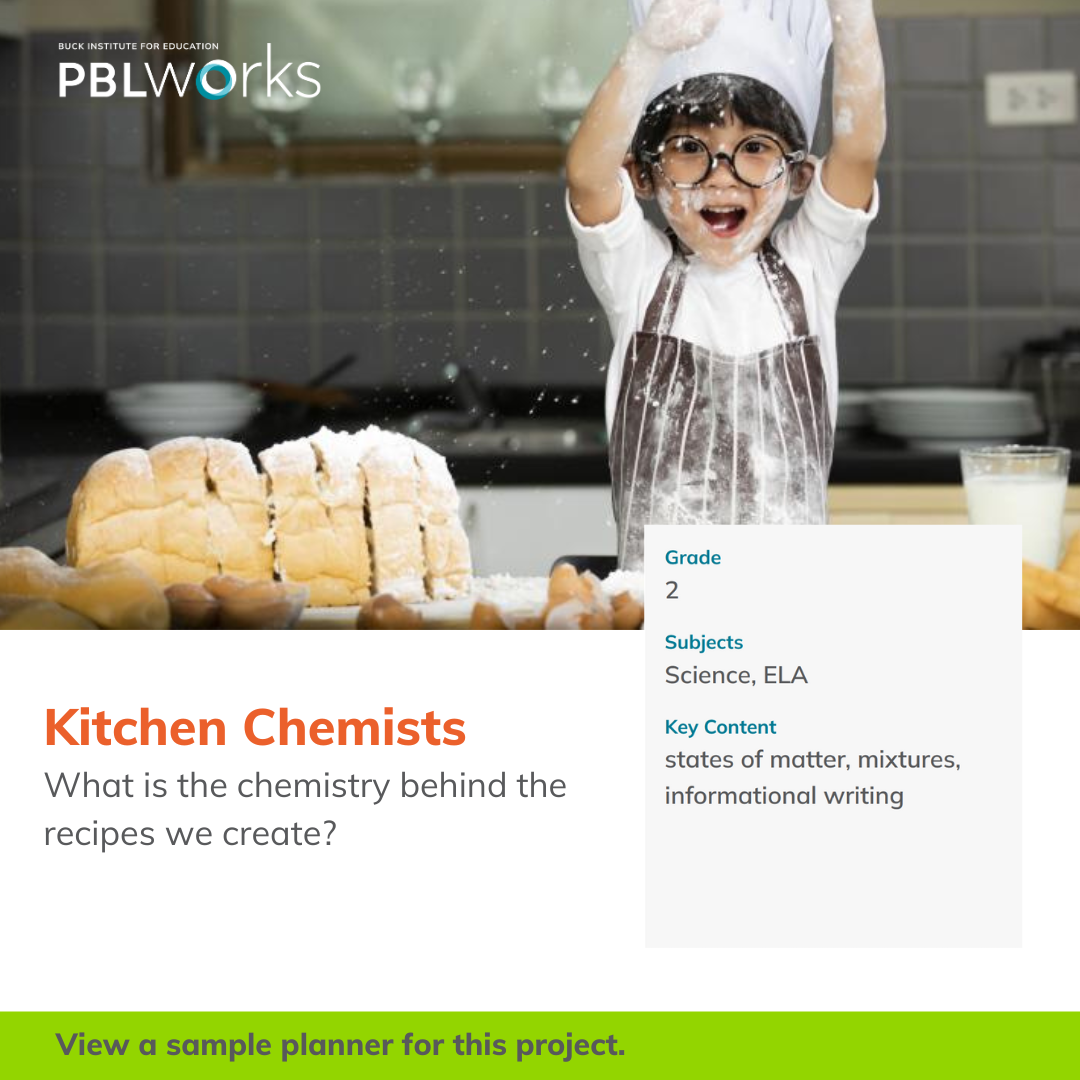 chemists who can share their work and knowledge? From local nursery growers to bankers, doctors, or nonprofit staff, there are countless ways to ensure that learning activities purposefully connect children more deeply to the content they are learning, help them answer questions they have, and experience how their learning fits into the world beyond the classroom.
chemists who can share their work and knowledge? From local nursery growers to bankers, doctors, or nonprofit staff, there are countless ways to ensure that learning activities purposefully connect children more deeply to the content they are learning, help them answer questions they have, and experience how their learning fits into the world beyond the classroom. 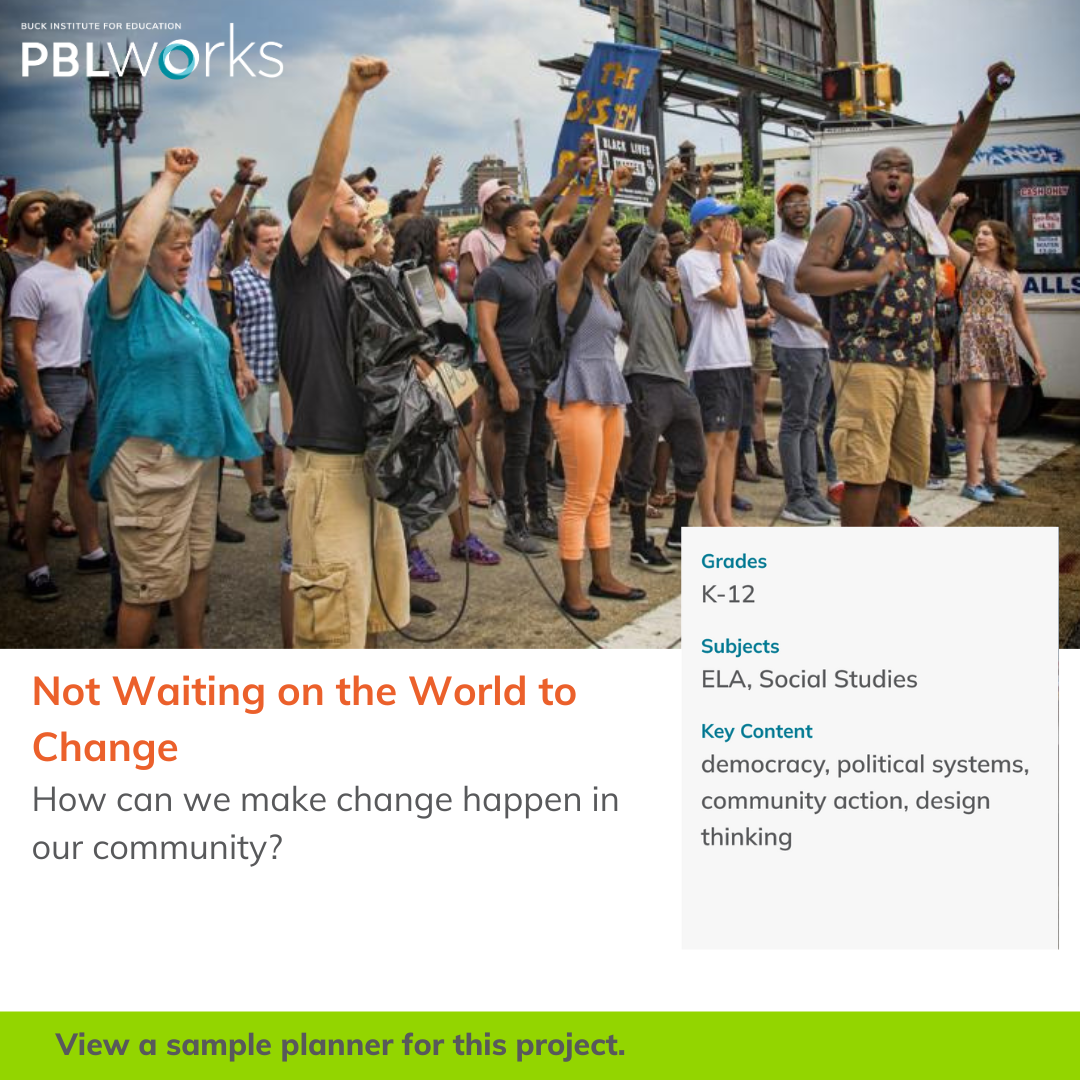 Service learning projects can provide opportunities for students to give back to the community and see how capable they are of making change. How might a unit on Financial Literacy turn into a bakery project where proceeds from a bake sale are used to support a cause that is important to students? What if students found ways to amplify the voices and stories of often marginalized groups alongside their own as in the project Not Waiting on the World To Change?
Service learning projects can provide opportunities for students to give back to the community and see how capable they are of making change. How might a unit on Financial Literacy turn into a bakery project where proceeds from a bake sale are used to support a cause that is important to students? What if students found ways to amplify the voices and stories of often marginalized groups alongside their own as in the project Not Waiting on the World To Change?
However you and students choose to connect with the greater community, an abundance of joy awaits in the celebration and collaboration.
Yeah, but…
“We offer these engagement evenings, but no one shows up.” Could students create videos and flyers inviting people to join? Could class time be offered as an option if that is a better fit for schedules? Could Back to School, Meet the Teacher, or Open House be used to help inform parents and caregivers of what to expect and how excited you are to have them join? While we can’t force people to attend, we can keep showing up and stay curious about the opportunities we offer for community engagement. We can reflect on the ways we use events like STEAM/STEM nights and get creative about how we might utilize these already dedicated times in service of connecting students’ work with the community.
“There’s no way my five-year-olds could work with content experts.” For our earliest learners, working with outside experts means teachers should communicate with experts early and often about students’ attention spans and coordinate short times of talking interspersed with lots of hands-on exploring. It also means using a station rotation to create and refine questions students might ask experts.
“Actual protocols with four-year-olds? Nope.” Sure, it looks different for our youngest learners. It means we do lots of modeling, we provide copious amounts of practice, we chunk the sections of the protocol over days, and we provide additional guidance—especially with the help of community or family members.
Putting It Into Practice
Our earliest learners are so ready to share what they know and can do with the world beyond the classroom. Community and family partnerships can provide an extra boost to moving children’s learning forward. The next time you plan or revise a project, take a step back and look at how many ways you might naturally involve families and community members, then bask in the awe of how the much richer projects for learners turn out to be!

